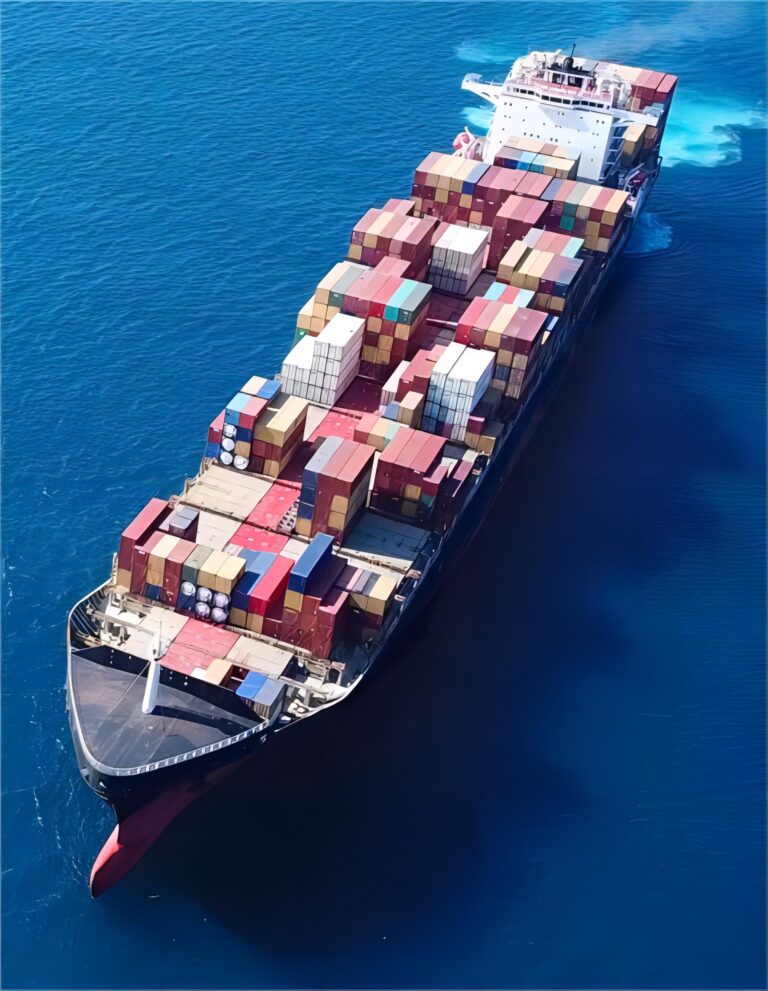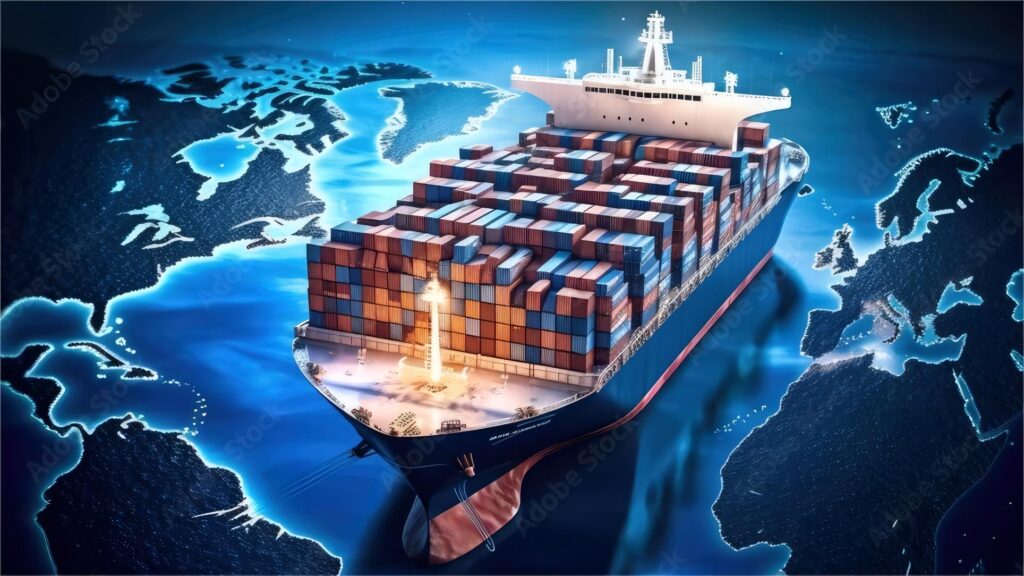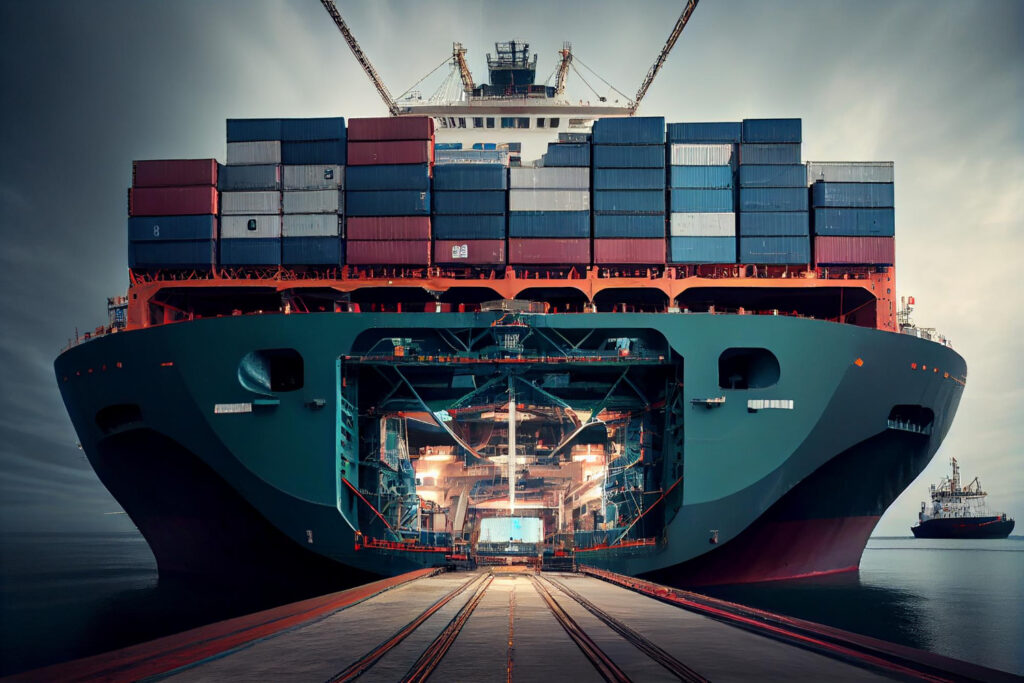- By TOP CHINA FREIGHT
- February 21, 2025
- Sea Freight, Service, Shipping
When it comes to shipping goods internationally, one of the most crucial factors to consider is sea freight costs. Shipping from China to various destinations involves navigating through multiple expenses, and understanding these costs can help you manage your budget more effectively. In this post, we’ll break down how to optimize your sea freight shipping expenses and ensure your shipments stay within budget without compromising on quality or service.


1. Choose the Right Container Type
The type of container you choose directly impacts the cost of your sea freight. Standard containers are the most cost-effective for general cargo, but if you’re shipping fragile or temperature-sensitive goods, a refrigerated container might be necessary, which could increase costs. Similarly, flat rack or open top containers may be needed for larger or irregularly shaped items. Selecting the appropriate container will ensure that you’re not overpaying for space you don’t need or risk damage to your cargo.
2. Optimize Shipping Routes and Ports
The shipping route and port of departure and arrival play a significant role in determining sea freight costs. Sometimes, choosing an alternative port or a longer route can save money. For example, while major ports like Shanghai or Shenzhen may be more expensive, smaller ports may offer lower fees. An experienced freight forwarder can help you choose the most cost-effective option based on your needs.
3. Consider Shipping Volume and Frequency
If you regularly ship large volumes of goods, consider negotiating long-term contracts with your freight provider for volume discounts. Some sea freight carriers offer reduced rates for bulk shipping or frequent shipments, which could result in significant savings in the long run. Additionally, consolidating smaller shipments into one larger shipment can also help you reduce costs, as the price per container tends to decrease with increased volume.


4. Understand Additional Fees
Besides the base cost of sea freight, there are several additional fees that can impact your overall shipping expenses. These can include:
- Port charges
- Fuel surcharges
- Customs fees
- Delivery charges
Be sure to ask your freight forwarder for a detailed breakdown of all potential additional costs before committing to any service. Unexpected fees can quickly add up, so having a clear understanding beforehand can help you budget more accurately.
5. Monitor Currency Fluctuations
When shipping from China, currency exchange rates can have a significant impact on the final cost of your shipment. Be mindful of fluctuating exchange rates between the Chinese Yuan (CNY) and the currency of your destination country. Even small changes in exchange rates can lead to noticeable differences in the overall shipping costs.
6. Choose the Right Shipping Time
The time of year can also affect sea freight rates. Peak seasons, such as holidays or special events, often lead to higher prices due to increased demand. Shipping during off-peak periods can help you avoid these price hikes. If your goods are not time-sensitive, consider choosing a slower shipping method to further reduce costs.
7. Work with a Trusted Freight Forwarder
A reliable freight forwarder can make all the difference in managing your sea freight costs. They have the expertise to guide you through the complexities of international shipping, help you choose the most cost-effective options, and manage any unexpected challenges that arise during the shipping process. Working with a trusted partner will give you peace of mind and help keep your shipping budget on track.
Conclusion
Shipping from China doesn’t have to break the bank if you know how to manage your sea freight costs effectively. By understanding key factors like container types, shipping routes, additional fees, and working with a knowledgeable freight forwarder, you can ensure that your shipments stay within budget. Keep these tips in mind the next time you plan a shipment, and you’ll be able to ship your goods efficiently and cost-effectively, whether you’re sending small parcels or large bulk orders.
Best China Freight is here to help you navigate the world of international shipping with ease and confidence. Contact us today to get a personalized shipping quote that fits your needs and budget!
FAQ:
What are the main components of sea freight costs?
Sea freight costs primarily include container fees, shipping route and port charges, additional fees (such as fuel surcharges and port fees), and customs fees.
How do I choose the right container type?
When selecting a container, consider the type and size of your cargo. Standard containers are suitable for most goods, while special items like perishable goods require refrigerated containers.
How can I reduce sea freight costs?
You can reduce costs by selecting the right shipping route, optimizing container space, negotiating long-term contracts for volume discounts, and choosing off-peak seasons for shipping.
How can I avoid additional fees?
Ask your freight forwarder for a detailed breakdown of all potential additional fees before confirming the service, ensuring you understand all costs upfront to manage your budget.
How do currency fluctuations affect my sea freight costs?
Currency fluctuations can impact the final shipping cost, especially the exchange rate between the Chinese Yuan and the destination country’s currency. Monitoring exchange rates helps control costs.
